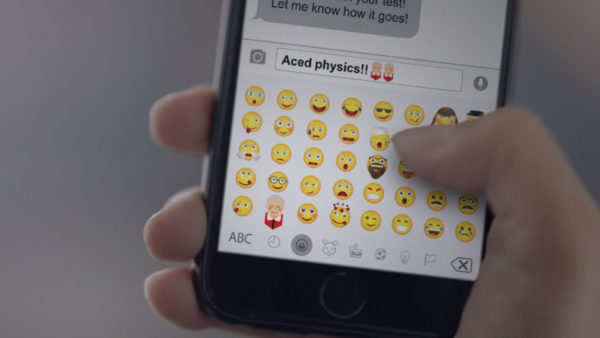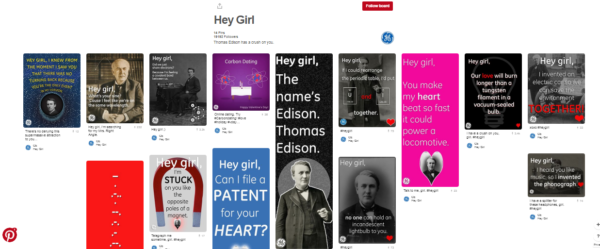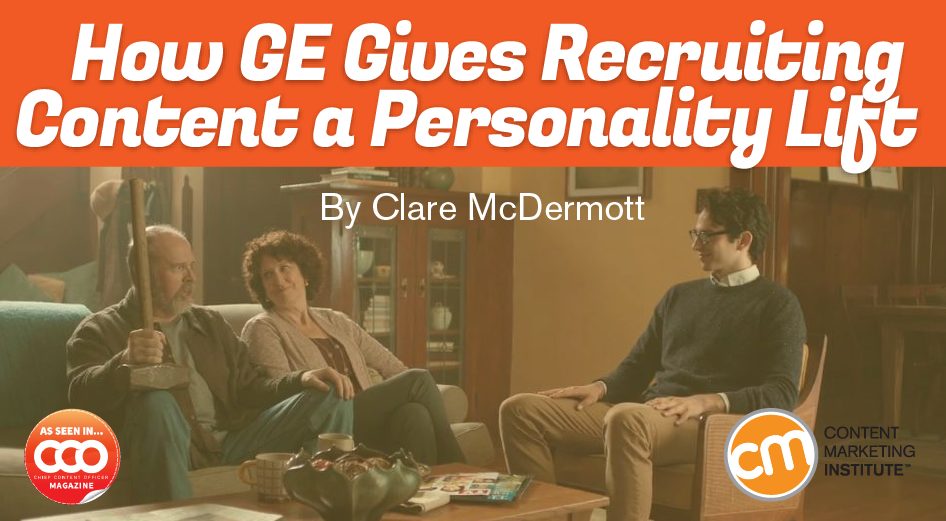
If you asked a roomful of CEOs 15 years ago what drives competitive advantage, the answer would have been straightforward: capital. Those with more of it could outspend competitors – building capacity and buying advertising – or survive on low margins.
Ask the same question of a CEO audience today, and they’re much more likely to cite human capital. The long-running PwC global survey of CEOs – now in its 20th year – underscores this idea. Across all industries, three in four CEOs say a shortage of key skills is a critical threat to their business (among technology CEOs, the availability of key skills is considered the biggest threat to the business, bigger than issues like the speed of technological change and cyber threats.)
3 in 4 CEOs say a shortage of key skills is a critical threat to their business via @PwC global survey. Click To Tweet
For a company like GE, which has redefined itself from a manufacturing company to a “digital industrial” (GE’s term) over the last decade, the ability to attract and keep top science and technology talent is mission critical. Why? GE is seeking to power the industrial internet of things, which entails putting sensors on an increasing number of assets inside factories, power grids, farms, hospitals, etc. These internet-connected assets allow companies to monitor operation and efficiency, and develop what GE calls “a system view of an entire enterprise operation.”
Former CEO Jeff Immelt says the potential size of the digital industrial market is $100 billion a year, and McKinsey estimates the industrial internet of things will create $11.1 trillion (yes, trillion) in value by 2025. “GE is poised to capitalize – if it can innovate quickly enough,” explains Isaac Brown, an industrial internet expert with Landmark Ventures, in Boston Magazine in early 2017.
@McKinsey_MGI estimates the industrial #InternetOfThings will create $11.1 trillion in value by 2025. Click To Tweet
GE must position itself as a company where young talent can have a part in the innovation cycle – competing with organizations as diverse as Google and Cisco to Snapchat and Lyft. GE’s headquarters move to Boston in 2016 is part of that push. By locating itself in one of the top academic centers for science and technology in the United States, GE aims “to be at the center of an ecosystem that shares our aspirations,” Immelt said in an official statement about the move.
HANDPICKED RELATED CONTENT:
Finding a voice
Two years ago, GE sponsored an ad campaign featuring a fictitious developer named Owen. The young, earnest, and awkward Owen lands a job at GE, but can’t seem to convince his friends and family to share his excitement. (In one commercial, Owen tries to explain how he’ll be making hospitals run more efficiently and helping turbines power cities, but his news is eclipsed by a friend who announces a new job at Zazzies, the app that lets you “put fruit hats on animals.”)

GE CMO Linda Boff says the campaign “was an opportunity to use playfulness to talk about why someone who’s a software developer would come to GE.” The Owen series was a raging success; interest in the careers section of the GE website rose 800 percent. And Boff says it was also “definitional,” helping to recruit key people from the company’s biggest talent competitors.
The GE CMO cautions that a lot of players inside the company, not just marketing, were responsible for the success; however, the Owen storyline was a spark. She says, “What we’ve tried to do is to create the content and the story that help shine a light that we hope captivates people and is one of the forces that gets them in the door.”
Create content that captivates people & gets them in the door at @generalelectric. @lindaboff #recruiting Click To Tweet
The real beauty of the Owen series is not the ad buy and TV impressions, but how Owen’s story trickles down through GE’s social channels. Even though he’s not real, Owen is human, meaning he can show up on channels like Snapchat and act like a lovable-if-dorky regular guy. If you were following GE on Snapchat, Pinterest, or Twitter, you would see Owen’s first day at work and the quirky pictures he shares with his “friends.” And that’s exactly the point – showing up in the channels where GE’s audience is hanging out and delivering experiences.
Remember Owen? Well, today’s his first day at GE Digital in San Ramon. Follow along on Snapchat ‘generalelectric’. pic.twitter.com/DiVKsONlMn
— General Electric (@generalelectric) September 21, 2015
More recently, GE launched a campaign called Balance the Equation, aligned with its push to put 20,000 women in technical roles by 2020. Boff says the inspiration for the campaign was a question, “What if scientists were treated like rock stars?”
If you haven’t picked up on it already, GE has a signature brand voice – one that combines its deeply intelligent innovation work with a shared wink at what it means to have a passion for technology and science. It pokes fun at employees’ love for things like wind turbines, 3D printing, or the Fingerprint of Things. The company’s content is particularly relatable if you’re part of GE’s “in” crowd of technical talent.
Boff explains, “For a company as big as ours, showing up in a way that is inherently human, accessible, and relatable is critically important. We often talk about showing up as a person would versus how a corporation would. How do you do that? With humor. A wink. A twist.”
Establish a brand voice that’s inherently human & relatable to your audience. @lindaboff #recruiting Click To Tweet
In its now trademark style, GE’s new Balance the Equation campaign and related content uses humor, smarts, and a self-deprecating twist to celebrate women scientists. The first female scientist featured was Millie Dresselhaus, an MIT professor who was deemed a pioneer in the electronic properties of materials, or the “Queen of Carbon.” (If that didn’t pique your interest, you’re likely not in GE’s target audience, which is kind of the point.)

Dresselhaus was an innovator but also an activist to attract more women to the sciences. She died in early 2017, but her legacy and others continue to inspire GE’s strategy. To give Dresselhaus the rock-star treatment, Boff’s team put her face on T-shirts and billboards, and created an emoji featuring her image. (The emoji is part of GE’s SciMoji app, an iMessage sticker app celebrating women scientists and engineers released in March to coincide with Women’s History Month.)

Taking the Balance the Equation campaign a step further, GE sponsored a bus tour that stopped at a half-dozen campuses to help students beef up their social-media profiles in preparation for landing their first jobs.
“We want to show up in ways that are unexpected and surprising,” says Boff. “You may expect LinkedIn to show up on campus to teach kids how to update their social profiles. But we work really hard to bring the brand to life in ways that people can feel and touch.”
HANDPICKED RELATED CONTENT:
Know thy people
GE makes it look easy, but what makes its content engage its audience takes tremendous soul-searching and honesty. “Our DNA is innovation, technology, research, and manufacturing,” says Boff. “It’s something we have all fallen in love with at GE. That’s our guiding light. We never try to pretend we are something we’re not.”
And for GE, that means developing storylines and content that feeds that passion in a way that’s relatable and humorous. There’s no better example of this than GE’s Valentine’s Day series, #HeyGirl, which pokes fun at a meme featuring actor Ryan Gosling. Instead of using come-hither pictures of Gosling, GE uses its founder, Thomas Edison, to inspire love: “Hey girl. Did we just share electrons? I’m feeling a covalent bond between us.” If you’re inclined to laugh, you’re the type of person who would fit into GE’s culture.

These kinds of in-group conversations are not just engaging, they’re a fantastic recruiting tool to ensure that companies attract the type of people who are going to fit into their organization. GE, after all, isn’t trying to attract just anyone to work at its organization – it’s trying to attract in-demand knowledge workers in science, engineering, and IT. Its knowing wink delivered through content has an outsized effect on those people most likely to thrive at GE. Explains Boff, “We want our various audiences to fall in love with the company.”
Hear more from GE CMO Linda Boff during her keynote speech to kick off Content Marketing World on Sept. 5 in Cleveland, Ohio. Register today and use the code BLOG100 to save $100.
A version of this article originally appeared in the August issue of Chief Content Officer. Sign up to receive your free subscription to our bimonthly, print magazine.
Cover image by Joseph Kalinowski/Content Marketing Institute
